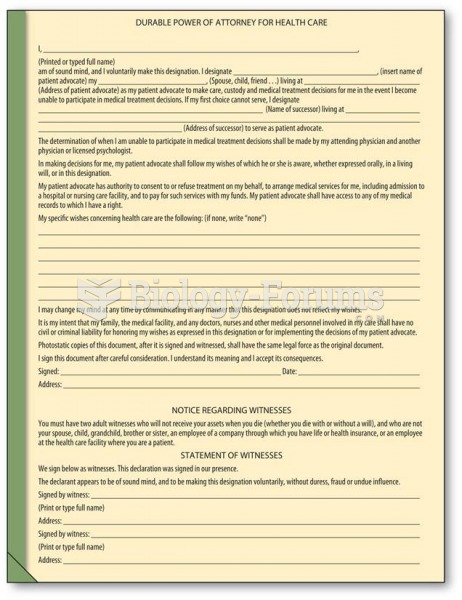|
|
|
Every 10 seconds, a person in the United States goes to the emergency room complaining of head pain. About 1.2 million visits are for acute migraine attacks.
According to the Migraine Research Foundation, migraines are the third most prevalent illness in the world. Women are most affected (18%), followed by children of both sexes (10%), and men (6%).
About 60% of newborn infants in the United States are jaundiced; that is, they look yellow. Kernicterus is a form of brain damage caused by excessive jaundice. When babies begin to be affected by excessive jaundice and begin to have brain damage, they become excessively lethargic.
Never take aspirin without food because it is likely to irritate your stomach. Never give aspirin to children under age 12. Overdoses of aspirin have the potential to cause deafness.
More than 34,000 trademarked medication names and more than 10,000 generic medication names are in use in the United States.
 The recent mass upheavals in Tunisia, Egypt, Libya, Yemen, and Syria gave political scientists a cha
The recent mass upheavals in Tunisia, Egypt, Libya, Yemen, and Syria gave political scientists a cha
 The violation of mores is a serious matter. In this case, it is serious enough that security at an ...
The violation of mores is a serious matter. In this case, it is serious enough that security at an ...
 This Russian godfather is leaving a Moscow court just after he was acquitted of a double murder. Do ...
This Russian godfather is leaving a Moscow court just after he was acquitted of a double murder. Do ...




